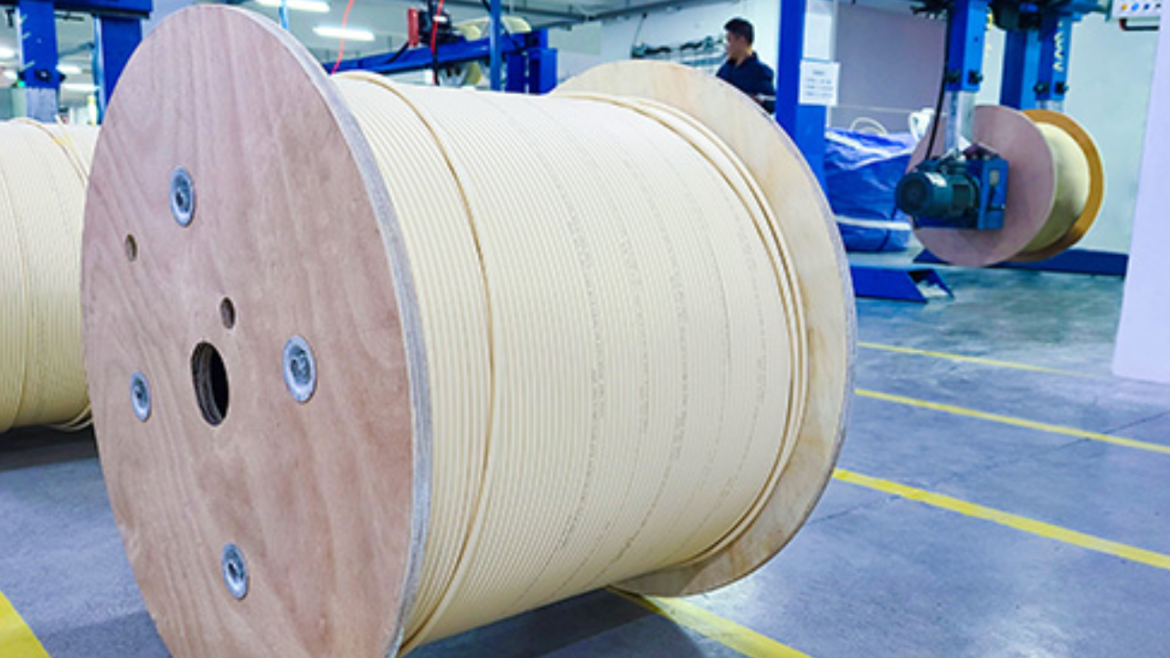Fibre to the Premises (FTTP), also known as Fiber to the Home (FTTH), is a broadband internet connection technology that employs optical fiber to deliver high-speed broadband internet directly to individual buildings such as homes, apartment buildings, and companies. In contrast to conventional twisted pair or coaxial cable networks, fiber optic cables are comprised of strands of glass or plastic.
The strands may carry data over great distances using light signals that are less susceptible to interference and signal loss than their copper equivalents. FTTH is a great option for providing internet access to residential and business clients in urban, suburban, and rural locations because of the qualities that guarantee significantly quicker and more effective data transfer than standard broadband networks. You can learn more about FTTH from the manufacturer’s website.
Installation Process Of FTTH Fiber Optic
An experienced technician will normally complete the simple installation process for an FTTH connection. Depending on the particulars, the installation procedure could take anywhere from a few hours to a whole day. Below is the step-by-step process for installing the FTTH cables:
- The viability of an FTTH connection is assessed as the first step in the installation procedure. This will entail evaluating the user’s residence’s location and figuring out whether fiber-optic cables are available nearby.
- The ISP will set up an installation appointment with the subscriber if an FTTH connection is feasible.
- A technician from the ISP will meet the subscriber on the day of installation to start the installation process.
- The technician will first set up a NID outside the subscriber’s home. As previously mentioned, a small box called the NID (network interface device) serves as a hub for the fiber-optic cables and is in charge of connecting them to the user’s home network.
- The technician will bring the fiber-optic wires into the user’s residence from the NID and attach them to a modem there. A device known as a modem transforms the light signals from fiber-optic cables into electrical signals so that they can be transferred over conventional copper lines.
- The technician will then attach the router to the modem, which connects the subscriber’s home network to the internet. Multiple devices, including PCs, laptops, smartphones, and smart TVs, can connect to the internet simultaneously thanks to the router.
- The technician will verify the connection when the installation is finished to make sure it is functioning properly. The technician will give the user instructions on how to use the connection and any required login details if everything is functioning properly.\
Components of FTTH Network
The core components of FTTH are as follows:
- fiber optic cable
- ONTs, or optical network terminals
- Equipment for optical line termination (OLT)
- Active optical splitters
- Distribution frames
FTTH operates by running optical fiber strands all the way from the customer’s home to the internet service provider’s network. The optical network terminal (ONT), which transforms the incoming light impulses into electrical signals, is then linked to this fiber optic connection.
The electrical impulses are then distributed via Ethernet or other wired or wireless technologies throughout the house.
How Fast Is FTTH Internet?
Depending on the service plan and the capacity of the network infrastructure, FTTH can deliver internet speeds of up to multiple Gbps (gigabits per second) or hundreds of Mbps (megabits per second).
What Is The Difference Between FTTH And Other Broadband Technologies?
FTTH is distinct from systems that rely on copper or coaxial lines, such as cable internet or DSL (Digital Subscriber Line). FTTH uses optical fibers, which enable quicker and more reliable data transfer than these other technologies.
Is FTTH Climate friendly?
FTTH connections have the potential to be a greener alternative to existing forms of broadband connections for internet access. Compared to conventional copper or coaxial cables, fiber-optic cables use less energy to carry data since they use light signals. In comparison to devices connected to other forms of broadband networks, equipment connected to an FTTH network is therefore expected to consume less energy.
Final Words
Overall, while FTTH connections provide obvious environmental advantages over other types of broadband connections, it is crucial to take into account the network’s entire lifecycle, including its development, use, and eventual decommissioning, in order to properly comprehend its environmental impact.
